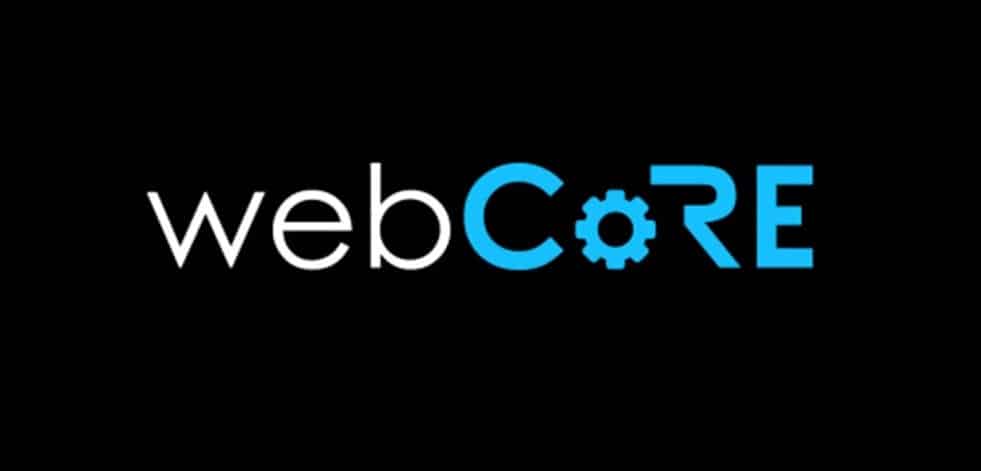
SmartThings a network hub used to connect multiple smart home devices to create a friendly home automation ecosystem. SmartThings is a fairly popular primary system owned by Samsung Electronics. Other more popular primary systems include Amazon’s Alexa, Google’s Google Assistant, and Apple’s Homekit.
The whole SmartThings package is comprised of two things, a SmartThings hub that is a physical device connected to an electrical outlet, and a SmartThings mobile application that allows you to customize, program, and manage your smart home devices.
But there is a slight issue; SmartThings app allows you to build basic automation through a setting called Routines. Unfortunately, the commands a person can build through SmartThings Routines are not complex enough to tackle certain scenarios. Meaning they are extremely limited in what they can do.
Knowing their systems deficiency, Samsung has added a feature called SmartApps that allow foreign programs like Google Assistant, Ecobee Suite Manager, Webcore, to do things that the SmartThings application is not programmed to do. Especially Webcore that allows an individual to program complex commands into a smart home device connected to a SmartThings hub.
What is Webcore
Webcore is a rule engine created by Adrian Karim Ali, its first Beta version released on April 29, 2017.
Webcore is a program that builds complex rules that allows your smart home devices to behave more intelligently. It’s a SmartThings exclusive tool that enhances the experience you get from your home automation ecosystem.
Greater magnitudes of customization provided by Webcore does not mean complex algorithms and coding sequences, because Webcore itself, has been refined to a user-friendly level. Webcore’s programming interface allows you to easily set-up commands through a pseudo scripting language. The language is command based meaning the user only has to select a command which automatically comes with a pre-written code. These coded commands are given a certain name for easy learning.
Management of Webcore is done through a web browser. An individual can open a web browser through the SmartThings app or use a desktop computer.
Webcore Functionality
Even though Webcore is easy-to-use, it still demands full knowledge of its different terminologies. Reading Webcore’s wiki page is a good way to do so.
Webcore’s whole coding system is based around a single rule called a Piston. The piston is the basic element that allows you to build complex commands for your smart home devices.
A Piston is a pre-coded script and can be a rule or set of rules that when programmed can control 2 or more devices simultaneously.
A Piston is further made up of three commands, an If Block, Action, and Timer.
- If Block: The if block compares two or more data sets and sees which one coincides with the data set established by the user. And depending upon whether if it’s true or false commands your smart home device to perform a certain action.
- Action: Action allows you piston to control a device’s functionality. It allows the piston to execute several commands properly.
- Timer: The timer delays a piston’s execution or sets it’s execution to a certain period.
Using the three commands a Piston or multiple pistons can form a complex command system that allows the Webcore to execute things that a SmartThings application is not built to do.